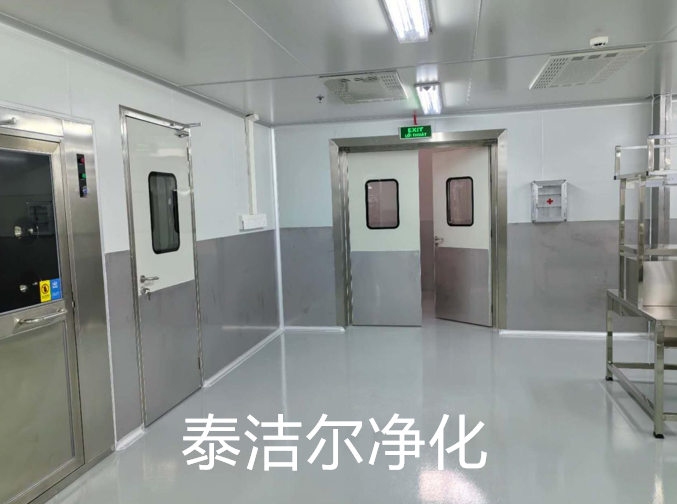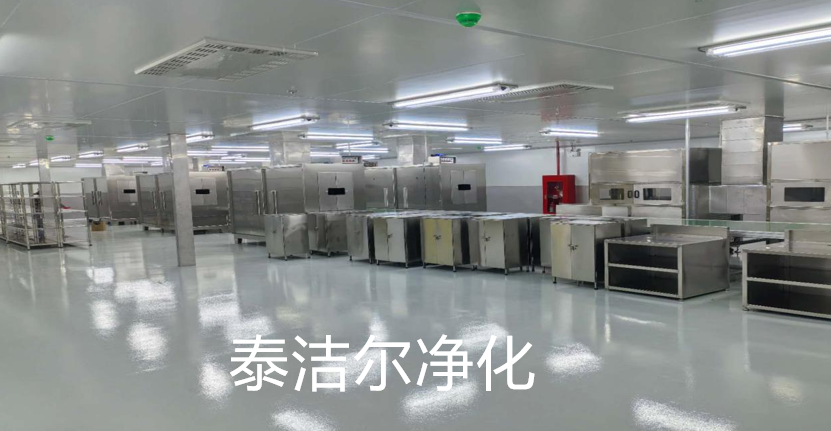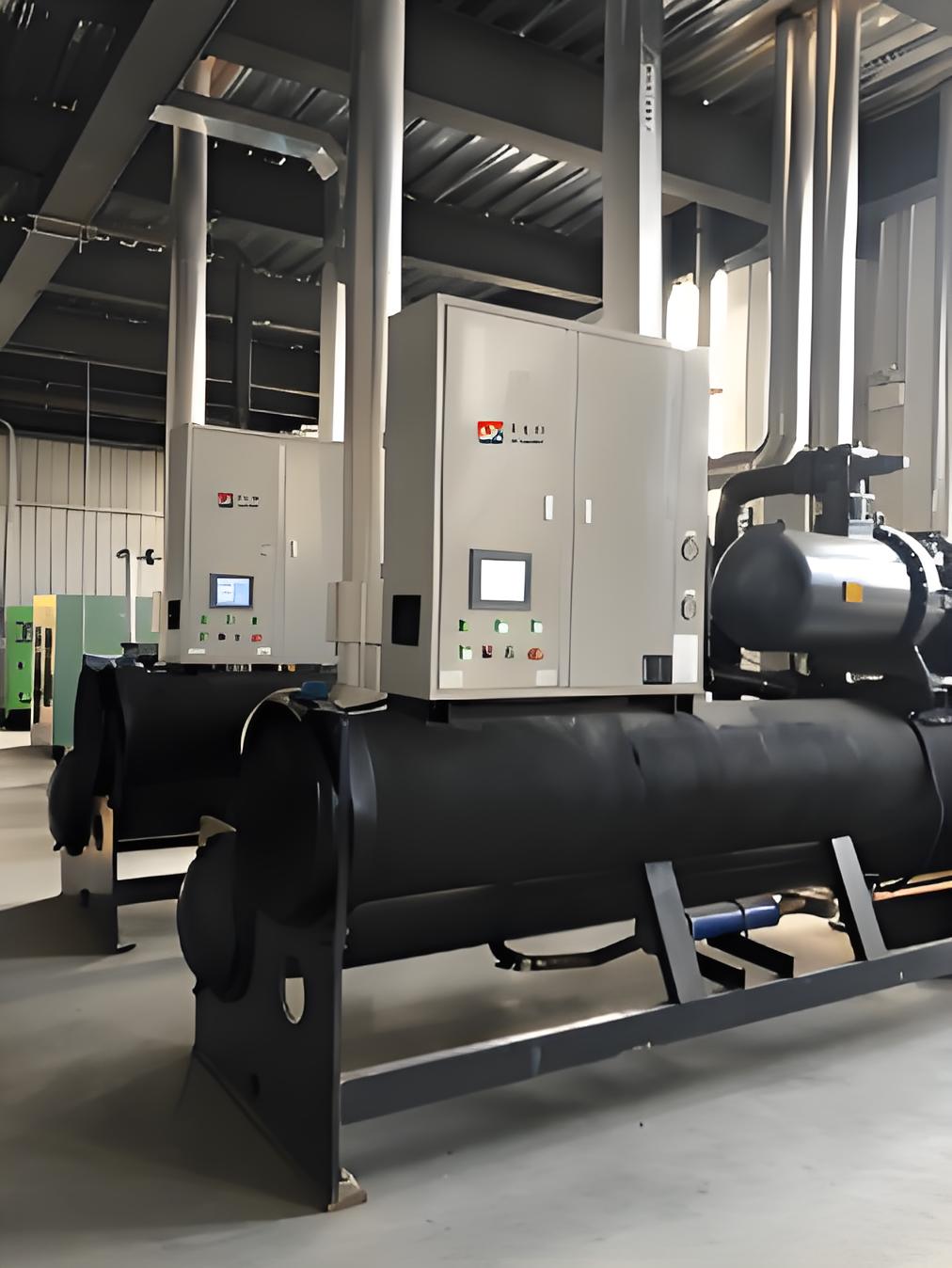




Shenzhen Cleaning Technology Company, in cleaning projects, the materials selected for decorating clean rooms have higher requirements, and the selection of ceiling materials must be even more careful. So, what aspects should we consider when choosing materials?
Usually, when choosing gypsum boards for clean rooms, you must use waterproof gypsum boards. However, in biological clean rooms, due to the frequent need for cleaning and disinfection with water, even waterproof gypsum boards will eventually become damp and deformed over time, unable to withstand continuous washing. This means that biological clean rooms are not suitable for using gypsum boards as surface decoration materials.
1. Clean rooms require daily cleaning, not only with water but also with disinfectants, alcohol, and other solvents. These liquids have chemical properties that can cause some materials to discolor or peel. Therefore, decoration materials need to have good chemical resistance.
2. The moisture content of wood used in clean rooms must be less than 15%, and it should not be exposed to outdoor conditions. Due to the high air exchange rate and relatively low humidity in clean rooms, excessive use of wood is not recommended as it can warp, loosen, and accumulate dust. Wood can be used in some areas but must be treated to resist mold and moisture. In biological clean rooms, to meet disinfection needs, ozone generators (O3) are often installed—a highly oxidizing gas that accelerates metal oxidation and corrosion in the environment while causing surface coatings to fade due to oxidation. Thus, clean room decoration materials must have strong oxidation resistance and corrosion resistance. Ceramic tiles should not crack or deform after long-term installation. You can test this by dropping ink on the product and observing whether it spreads. Generally, slow-spreading ink indicates low water absorption, high product quality, and durability, while fast-spreading ink suggests poor durability.
3. The slip resistance of ceramic tiles is crucial. Typically, tiles with anti-slip properties are used in bathrooms and kitchens. Antimicrobial plastic walls are rarely used in clean rooms, mainly being applied to auxiliary rooms and clean corridors with lower hygiene requirements. Antimicrobial plastic walls are pasted onto walls with sealed joints, similar to wallpaper. Due to the pasting method, their lifespan is short, prone to deformation when damp, and overall quality is lower, limiting their application.
4. For decorative veneers, these are thin sheets cut from real wood with a thickness of 0.2mm, using plywood as a base and produced through a gluing process to create single-sided decorative panels. This is a special type of plywood with a thickness of 3cm. Decorative veneers are a better decoration material compared to traditional oil painting methods.
